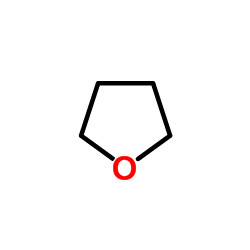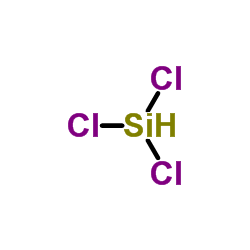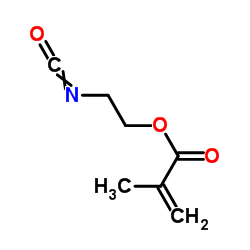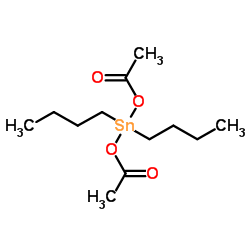| Structure | Name/CAS No. | Articles |
|---|---|---|
 |
thf
CAS:109-99-9 |
|
 |
L-(+)-Lysine monohydrochloride
CAS:657-27-2 |
|
 |
Trichlorosilane
CAS:10025-78-2 |
|
 |
2-Isocyanatoethyl methacrylate
CAS:30674-80-7 |
|
 |
Diacetoxy(dibutyl)stannane
CAS:1067-33-0 |